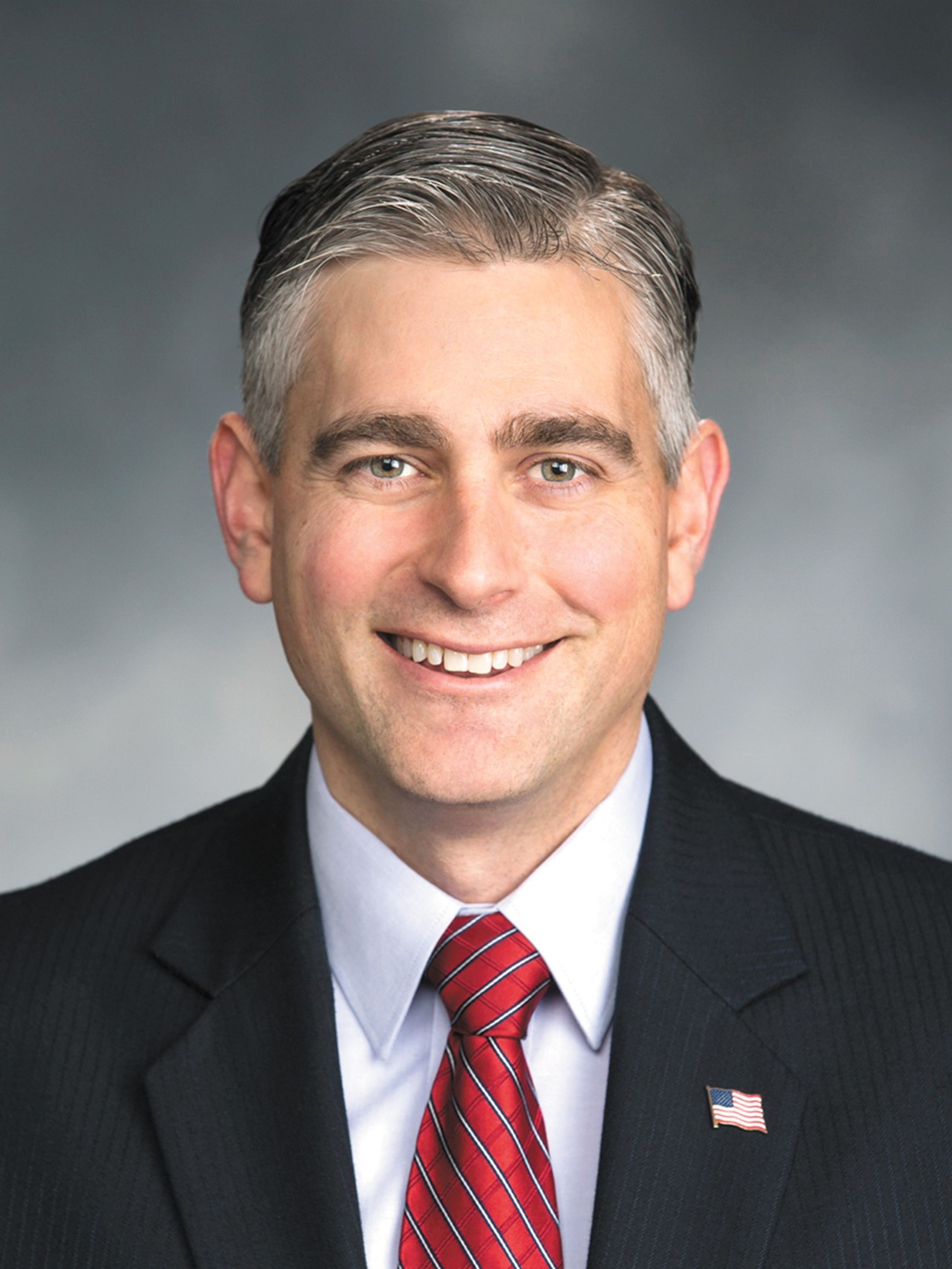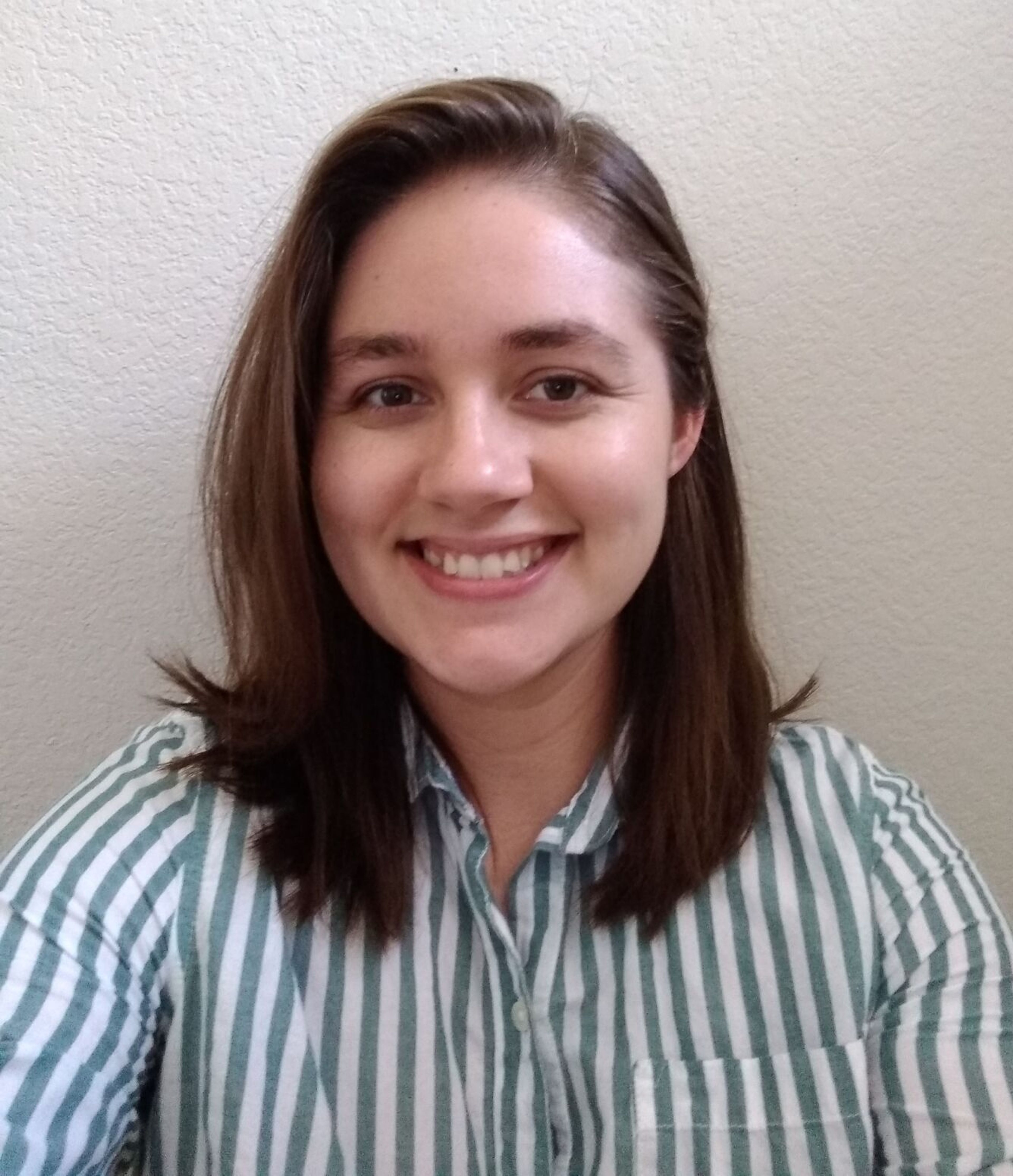WSU spearheads effort to bring AI to ag
Research institute aims to solve in-the-field problems with innovative solutions
Washington State University will spearhead a new, federally fueled research institute leveraging artificial intelligence research to solve modern challenges in agriculture.
Called the AgAID Institute — short for Agricultural AI for Transforming Workforce and Decision Support — the project is essentially a consortium of research universities and private partners like IBM, funded by a $20 million grant from the National Science Foundation
WSU professor Ananth Kalyanaraman, who is the lead principal investigator and director of the institute, said there are numerous challenges facing agriculture, but there are three major issues he expects the institute to address — water allocation, extreme weather events and workforce training.
With climate change-driven droughts wracking much of the western U.S., Kalyanaraman said creating a more complete understanding of water availability and how to most efficiently use what little there is has become a pressing matter. Similarly, he said extreme weather events like heat waves and unseasonable frost have become more frequent in recent years, and can present a major threat to crops. He said farmers and other users have developed solutions to these problems on an as needed basis, but the collaborative effort can use AI to help researchers and end users identify best practices that can be tailored to fit the conditions unique to a specific farm.
On the workforce side of things, Kalyanaraman said AI can be brought together with human farmworkers to properly perform complicated crop manipulation tasks like pruning and blossom thinning.
He said currently, there is a shortage of highly-skilled farm workers capable of competently performing such tasks but AI can be brought in to bridge that gap. He said a relatively low-skilled worker can be guided through these tasks by AI will not only do a better job, but will grow their skill level in an informed way.
“Machines, in other words, can be used as a conduit toward actually transferring knowledge from a high-skilled worker to a low-skilled worker, and we could actually bring up the skill level of low-skilled workers through the process,” he said. “That’s also a core aim of the labor.”
Kalyanaraman said the five-year project brings together three key groups — AI researchers, agricultural researchers and stakeholders, who are the consumers of the product.
He said the involvement of stakeholders, which includes groups like water irrigation districts, crop consultants and policy makers, helps researchers to design solutions that take into account challenges users face on the ground.
“Because the users of the system are in the loop as the tools are being developed, we automatically have the advantage of taking into account or incorporating practical constraints, which oftentimes elude AI researchers,” Kalyanaraman said. “We tend to operate in a lab setting and then when we put the technology into the field, something breaks and it never gets used, so that’s the thing that we want to really avoid.”
Kalyanaraman said in the past, researchers in AI and agriculture tended to collaborate on an as needed basis, but bringing together groups with multiple perspectives on agricultural issues will allow them to address a challenge more holistically. He said the use of AI provides a similar advantage — it will help researchers to survey many of these challenges and tease out common threads that emerge, allowing them to keep the “bigger picture” in mind and create more efficient solutions.
“Oftentimes, the challenges that arise in one particular use case are also reflected or manifested differently in another use case,” he said. “When we develop an algorithm that actually looks at this data, to process this data, it’s much more effective if we have that big picture, as opposed to trying to engineer solutions that are specific to one particular use case.”
Jackson can be reached at sjackson@dnews.com.








